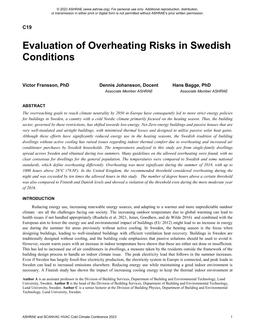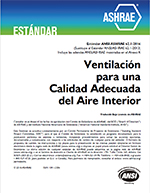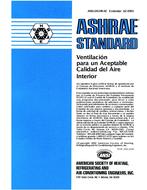Description
Click here to purchase
The overreaching goals to reach climate neutrality by 2050 in Europe have consequently led to more strict energy policies for buildings in Sweden, a country with a cold Nordic climate primarily focused on the heating season. Thus, the building sector, governed by these restrictions, has shifted towards low-energy, Net-Zero energy buildings and passive houses that are very well-insulated and airtight buildings, with minimized thermal losses and designed to utilize passive solar heat gains. Although these efforts have significantly reduced energy use in the heating seasons, the Swedish tradition of building dwellings without active cooling has raised issues regarding indoor thermal comfort due to overheating and increased air conditioner purchases by Swedish households. The temperatures analyzed in this study are from single-family dwellings spread across Sweden and obtained during two summers. Many guidelines on the allowed overheating were found, with no clear consensus for dwellings for the general population. The temperatures were compared to Swedish and some national standards, which define overheating differently. Overheating was most significant during the summer of 2018, with up to 1000 hours above 26°C (78.8F). In the United Kingdom, the recommended threshold considered overheating during the night and was exceeded by ten times the allowed hours in this study. The number of degree hours above a certain threshold was also compared to Finnish and Danish levels and showed a violation of the threshold even during the more moderate year of 2016.
Product Details
- Published:
- 2023
- Number of Pages:
- 9
- Units of Measure:
- Dual
- File Size:
- 1 file , 5.1 MB
- Product Code(s):
- D-CCC23-19
- Note:
- This product is unavailable in Russia, Belarus




